BALTIMORE, Dec. 17, 2014 — Using input from national experts on concussion and head injury, US Lacrosse has created and published guidelines to assist lacrosse organizations in the development of a concussion management plan. The guidelines are based on national and international concussion research and consensus statements, and endorsed by US Lacrosse’s Sports Science and Safety Committee.
The guidelines may be accessed online at uslacrosse.org/
Head injury, including concussion, continues to be a concern in all youth sports, and as such, US Lacrosse strongly encourages all lacrosse teams, leagues and clubs to develop a concussion management plan, with local input from physicians and other healthcare providers trained in the evaluation and management of concussion. The plan should be communicated with all parents, coaches and athletes.
“While having a concussion plan is a great first step for teams and leagues, our recommendation includes many additional steps in the overall process,” said Bruce Griffin, director of health and sport safety at US Lacrosse. “This should be a process that provides parents, coaches, athletes and league administrators with educational information about concussions, including signs and symptoms, possible prevention, treatment and return-to-activity protocols.”
US Lacrosse’s guidelines outline many different elements in a comprehensive concussion management plan. A statement of support and requirement from the leadership is one of the building blocks. Local laws may also dictate that athletes or parents sign a form of acknowledgement to certify that they accept responsibility for reporting their injuries.
“League leaders should openly and unequivocally state their support for the plan, with strict adherence to the reporting, removal from play and educational requirement,” Griffin said.
Providing preseason education for parents, athletes and coaches is a critical element in any concussion management plan, with baseline evaluations and testing also utilized if possible. Athletes suspected of a concussion or exhibiting signs and symptoms of a concussion should be removed from play immediately and evaluated by a qualified healthcare provider. Physical and cognitive rest is required before a return-to-activity protocol is deployed.
Having a documented concussion management plan is a requirement for all organizations seeking to attain US Lacrosse Gold Stick status.
US Lacrosse is one of the first national youth sports organizations to provide its members with guidelines for a concussion management plan. The NCAA also provides its members with similar guidelines and requires that each member school makes its concussion management plan publically available, either through printed material, the website, or both.
“We strongly encourage all parents of youth athletes to be vigilant in ensuring that the highest standards of safety are being utilized by their local youth organizations,” Griffin said. “When signing up, it is absolutely acceptable to ask your local league or team leaders if they have a concussion management plan, or to ask coaches if they know when to remove a player from play for the day.”
